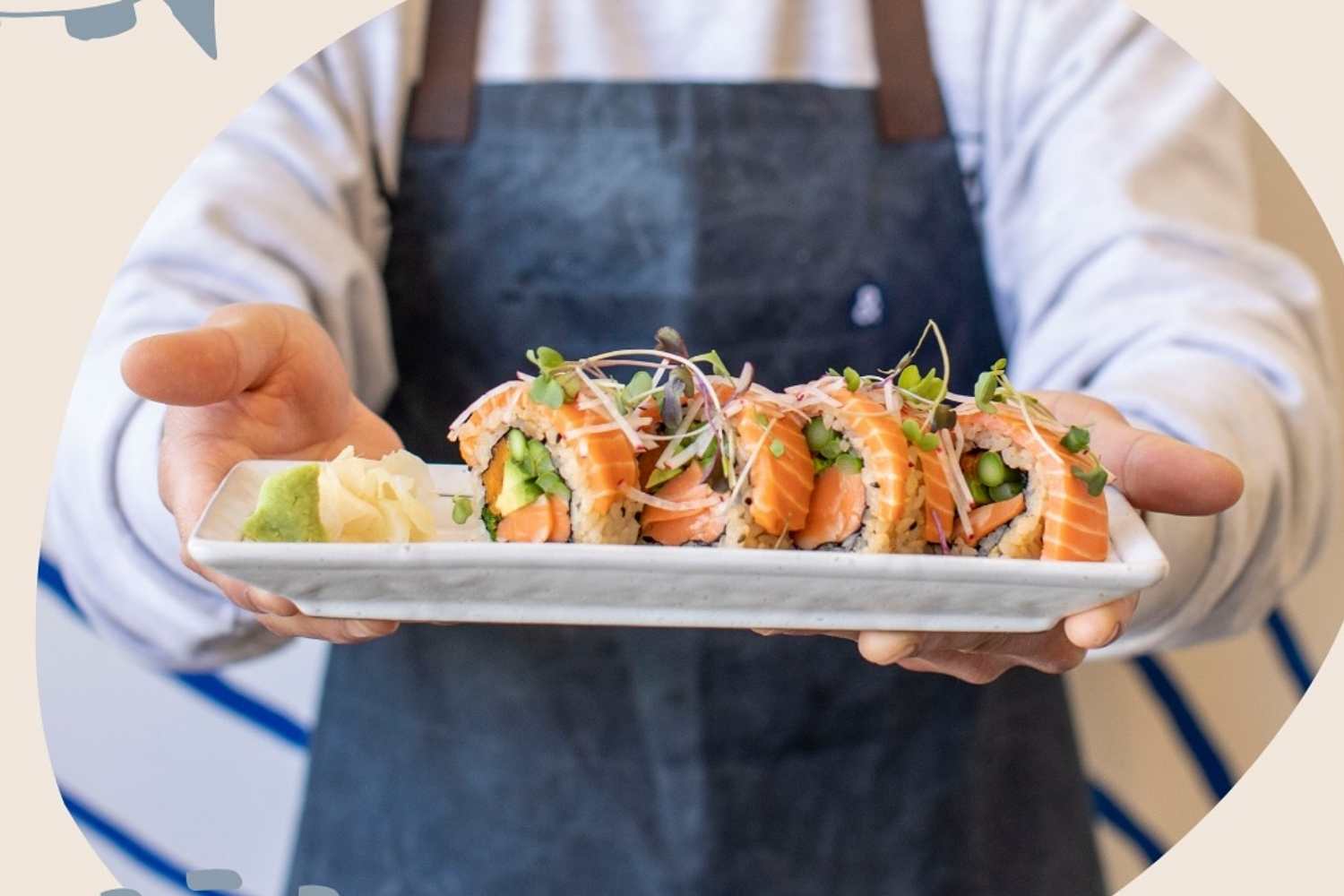Wildtype’s FDA-approved lab-grown salmon debuts in a Portland restaurant, offering a sustainable, sushi-grade alternative to conventional fish.

In recent years, salmon farming has boomed to meet global demand. But behind the pristine fillets lies a messier story of environmental damage, disease, and degraded ecosystems. What if there was a cleaner way?
From tanks, not trawlers: the FDA says yes
In a move that could reshape the seafood industry, the U.S. Food and Drug Administration (FDA) has approved the first lab-grown salmon in the United States. The green light goes to Wildtype, a California-based startup that has developed “saku”, a sushi-grade, cell-cultured salmon fillet meant to be served raw in dishes like ceviche and sashimi.
This approval makes Wildtype only the fourth company worldwide to receive such authorization, following a thorough review of food safety risks by regulatory authorities.
And it’s already making its debut in the real world. For now, the salmon will be served exclusively on Thursday evenings at Kann, the celebrated Haitian restaurant in Portland (Oregon) helmed by James Beard Award-winning chef Gregory Gourdet. Starting in July, however, it will be on the menu every night — a sign that the culinary world is taking this sustainable innovation seriously.
How salmon is grown without the sea
Forget fishing nets and feed pellets. This process starts with live cells from Pacific salmon, carefully selected and cultivated inside bioreactors. These machines replicate the fish’s natural growth conditions — temperature, pH levels, and nutrients — in a controlled, sterile environment.
Once the cells mature, they are harvested and combined with plant-based ingredients to recreate the familiar texture, color, and flavor of conventional salmon. According to the FDA, the final product is “as safe as comparable foods produced by other methods” — but without many of the common risks linked to traditional fish.
We’re talking about no antibiotics, no parasites, and no environmental contaminants. Just clean protein.
Sustainability on the menu
Wildtype says its mission is to “sustainably address the food security challenges of this century”, offering a modern solution to the worsening crisis in our oceans. From habitat destruction to acidification and rampant overfishing, the problems facing marine ecosystems are mounting. And for a growing number of chefs, consumers, and environmentalists, lab-grown fish is no longer science fiction — it’s a lifeline.
Granted, this salmon isn’t available at your local supermarket — not yet. But the tide may be turning. With increasing environmental pressure and a shift toward ethical, clean alternatives, mass adoption could be just around the corner.
Sure, questions remain. The cost of production is still high, and debates continue around how this kind of salmon should be labeled legally. But one thing is clear: having lab-grown fillets show up on the tables of high-end restaurants may well be the first sign of a new era in seafood.
